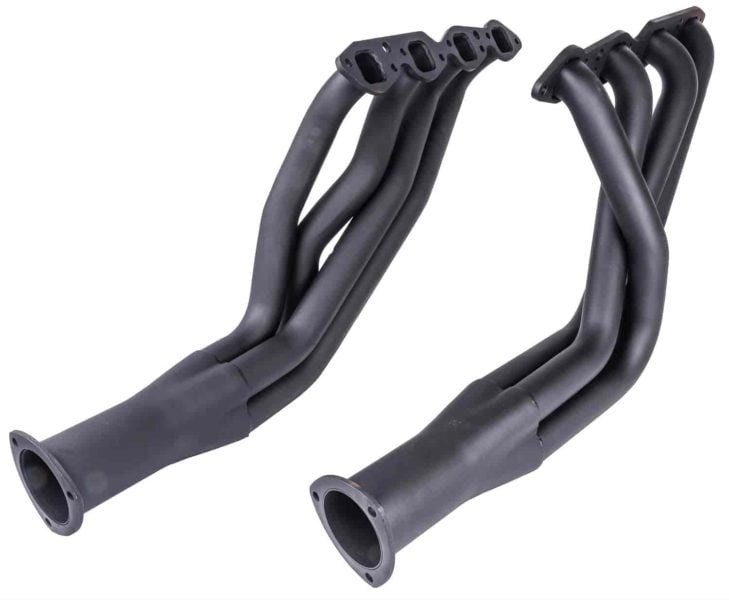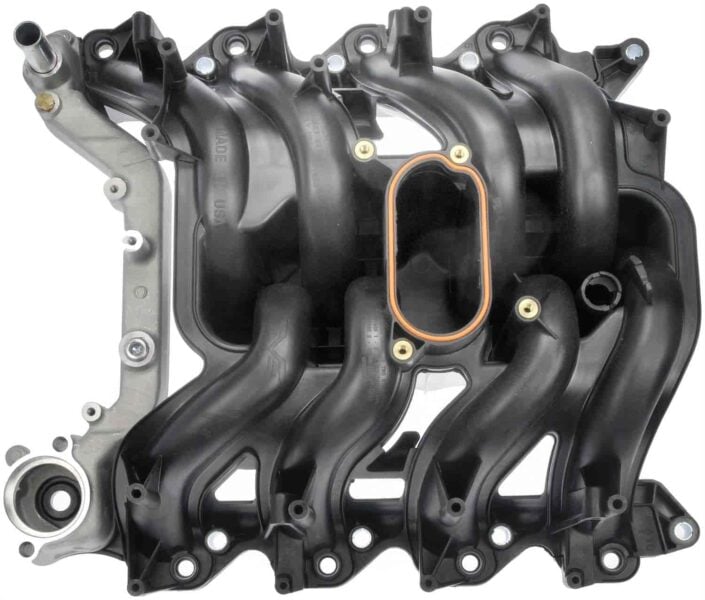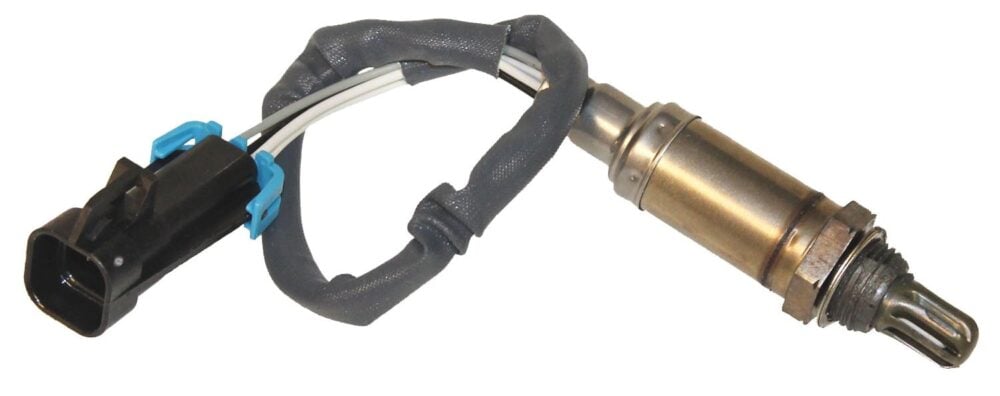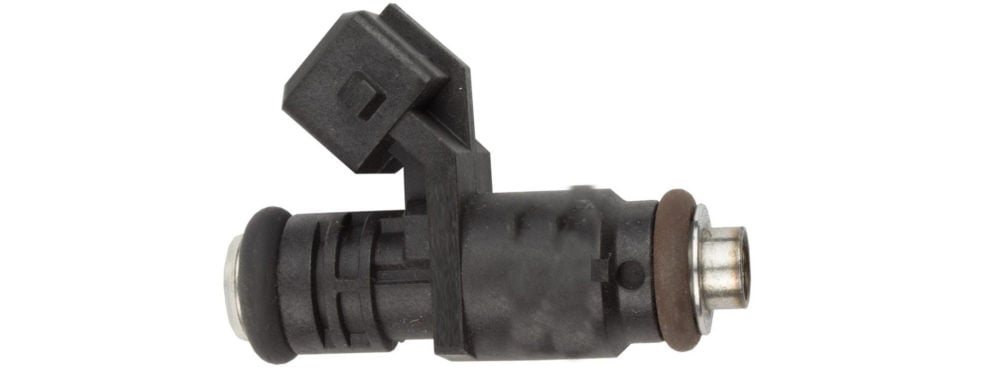
P0420 stands for a code that signals the "Catalyst System Low Efficiency" issue and is a relatively common occurrence, especially with cars that are only driven over short distances. As the catalytic converter plays a vital role in reducing emissions and maintaining the overall performance of your vehicle, it is important to diagnose the issue as soon as possible.
Whether you're a skilled mechanic or a car owner looking to understand your vehicle better, you’ll find out all you need to know about the P0420 code in this article, from the causes and symptoms to diagnosis and repair of the issue.
What Is the P0420 Code And The Symptoms?
The P0420 code points to “Catalyst System Low Efficiency” and signals that oxygen levels are below the desired threshold on bank 1, based on readings from the O2 sensor.
Although the issue is related to the catalytic converter, you might experience symptoms that you wouldn’t associate with it at first glance. Here are the most common symptoms:
- Check Engine Light. The most common symptom is the illumination of the "Check Engine" light on your vehicle's dashboard. This light indicates that there's a general problem with the engine, or the emissions control system and catalytic converter.
- Reduced Fuel Efficiency. You may notice a decrease in your vehicle's fuel efficiency as a result of a malfunctioning catalytic converter.
- Loss of Engine Performance. In some cases, you might experience a decrease in engine power or performance. This can manifest itself as slow acceleration or overall sluggish engine responsiveness.
- Rough Running or Misfires. A P0420 code can sometimes be accompanied by engine misfires or a rough running engine, especially if the issue causing the code is related to other engine components, such as faulty oxygen sensors, which may throw off the air-fuel mixture.
- Increased Emissions. If the catalytic converter is not working efficiently, it can lead to higher emissions output from your vehicle, which is harmful to the environment.

How Serious Is the P0420 Code And What Are The Causes?
As with other trouble diagnostic codes, the cause issue can vary from case to case. This makes assessing the seriousness of the P0420 code on your vehicle more difficult. While the cause may be only a minor issue and not cause any further damage even if driven for prolonged periods of time, the trouble code could also signal a more serious hazard, such as poor fuel quality, which can possibly cause further damage.
Here are the most common causes for the P0420 code:
- Catalytic Converter Failure. The most common cause of a P0420 code is a failing catalytic converter. Over time, converters can degrade, become clogged, or fail due to normal wear and tear, especially in older vehicles.
- Faulty Oxygen Sensors. Oxygen sensors, both pre-catalytic and post-catalytic, play a critical role in monitoring the exhaust gases and helping the ECU adjust the air-fuel mixture. If these sensors are malfunctioning or providing inaccurate readings, they can trigger a P0420 code.
- Exhaust Leaks. Leaks in the exhaust system, such as cracks or damaged gaskets, can allow unburned oxygen to enter the exhaust stream, leading to incorrect readings by the oxygen sensors and potentially triggering a P0420 code.
- Engine Problems. Certain engine issues, such as misfires or a rich fuel mixture, can cause excessive unburned fuel to enter the exhaust system, leading to premature catalytic converter failure and the P0420 code.
- Fuel Quality. Poor-quality or contaminated fuel can also contribute to catalytic converter damage over time.


Can I Still Drive with a P0420 Code On My Car?
In general, you can still drive your vehicle with a P0420 code, but you should only do so if necessary. Before further diagnosis, the exact origin of the issue is unknown and by driving with the code for prolonged periods of time, you are risking extensive damage to your engine and exhaust system.
In short, it's advisable to have the issue diagnosed and repaired as soon as possible. You should also keep in mind that when the catalyst system efficiency is below the threshold on Bank 1, the vehicle could have increased emissions. Addressing the problem not only ensures your vehicle stays reliable but also helps prevent potential environmental harm.
How Can I Diagnose a P0420 Code?
There are several possibilities for what might be causing the P0420 code to pop up. Generally, you should perform the simplest tasks first and work your way towards the more difficult diagnostic steps. Here's a general process for diagnosing the P0420 code:
- Verify the Code. Use an OBD-II scanner to erase the error code, and if your vehicle is not showing any symptoms, take it for a short test drive. It is possible that the trouble code was triggered by a random incorrect reading and there is no actual issue.
- Inspect for Exhaust Leaks. Examine the exhaust system for any visible leaks, such as holes, cracks, or damaged gaskets. Exhaust leaks before the catalytic converter can lead to false readings and trigger a P0420 code.
- Check Oxygen Sensors. Inspect the operation of the oxygen sensors. There are typically two oxygen sensors before (upstream) and after (downstream) the catalytic converter. Malfunctioning oxygen sensors can lead to a false P0420 code. Use a multimeter or an automotive scan tool to measure the sensor's voltage output and response time. Replace any sensors that are faulty.
- Monitor Fuel Trim. Use an OBD-II scanner to monitor the short-term and long-term fuel trim values. Deviations from the expected values can provide clues about potential issues with the air-fuel mixture and combustion in the engine.
- Examine Spark Plugs. Inspect the condition of your vehicle's spark plugs. Worn spark plugs can lead to incomplete combustion, which can affect the efficiency of the catalytic converter. Replace spark plugs as needed.
- Test the Catalytic Converter. If all the above checks do not reveal the issue, you may need to perform a specific catalytic converter test using a scan tool. This test will analyze the efficiency of the catalytic converter. If the converter is failing, it will likely need to be replaced.
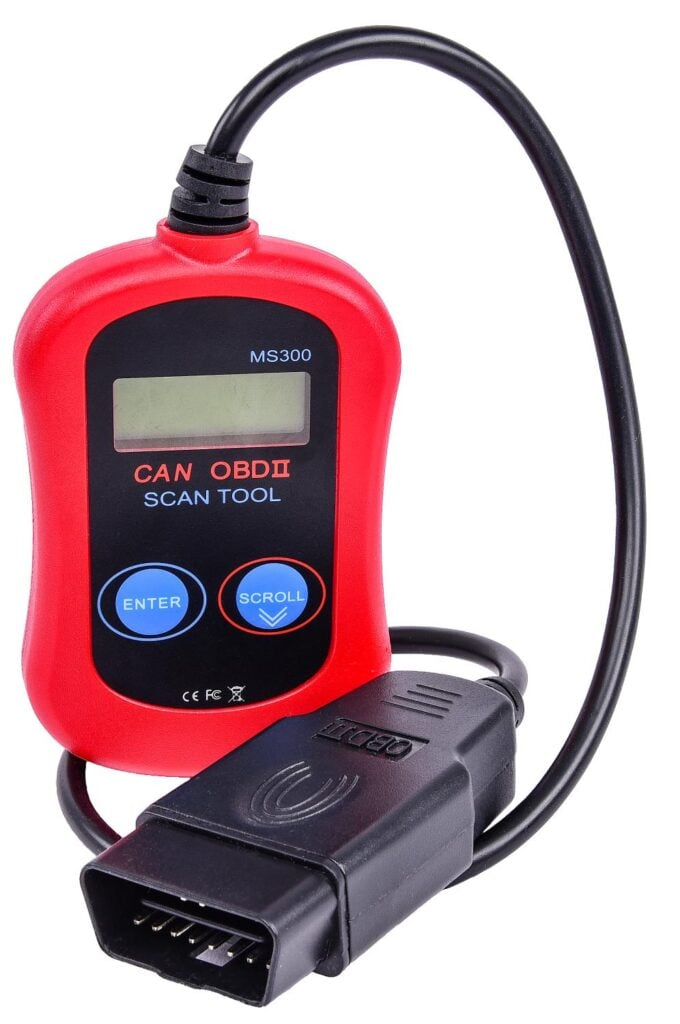
How Difficult Is It to Inspect a P0420 Code?
Checking the P0420 code can be either straightforward or tricky, depending on what's causing the issue. Your car knowledge and the tools you have matter, too. If you've worked on your car before and know your way around it, you should be able to inspect and fix the problem. But if you're not confident in your abilities to diagnose and repair, it's better to let a professional mechanic handle it.
Keep in mind that if the problem is complex, it might involve significant engine or exhaust system work. For example, finding a crack in the exhaust system might be easy, but replacing or welding it could be beyond your skills. And whether you need tools to diagnose the condition or parts to resolve it, JEGS has what you need.

